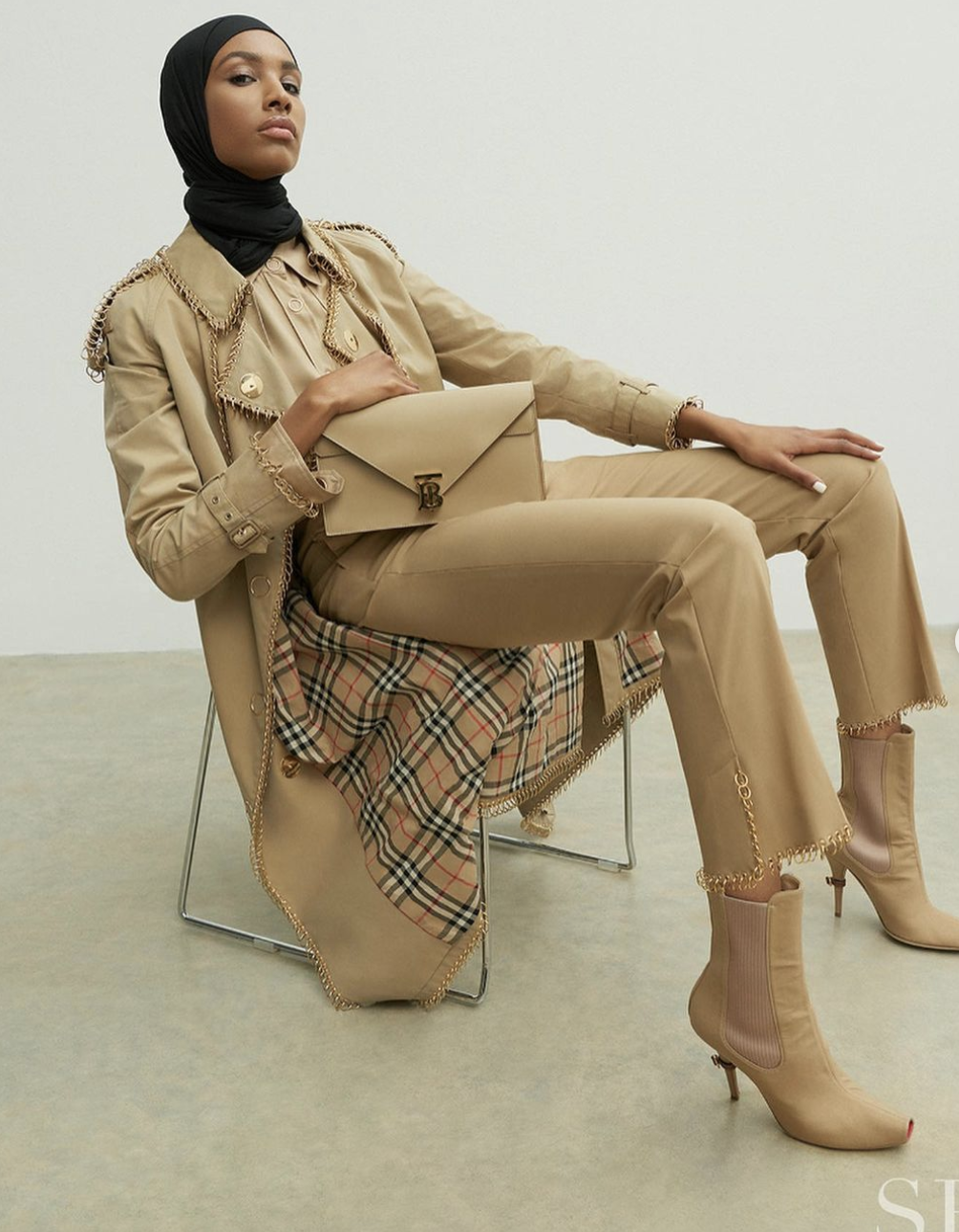The Rise of Modest Fashion
In the past couple of decades, revealing clothing has become a form of empowerment for women everywhere. With campaigns like Free the Nipple, women have sought to take back the patriarchal view that women must cover themselves in order to be seen as intelligent or capable. As femininity largely began to be defined by wearing clothing that accentuates body curvature, modest clothing began to be seen as “unfeminine.” Thus, some women have sought to reclaim modesty as a form of feminism.
Just like Free the Nipple feminists, those who prefer to dress modestly argue that empowerment comes from being able to express oneself wholly through one’s fashion choices. They stress that femininity and modesty are not mutually exclusive – why is it that bare skin is associated with femininity? Why does modesty have to be seen as restrictive? Modest fashion is just as empowering as revealing fashion.
Modest fashion has its roots in Islam. Because the Quran and Sharia Law emphasizes modesty, many Muslim countries have adopted this into their culture and way of life. When women in the West shed their clothes as a form of liberation and Muslim women did not, suddenly Islam was seen as detrimental to women’s rights and sexist. Muslim women’s clothes were seen as prisons from which they needed to be saved. In reality, however, Muslim women are proud of their modesty. It is integral to their faith and identity. What they were not proud of was the style of the clothes they had access to.
Modest fashion grew out of a need for fashionable yet modest clothing. For a while, most modest clothing was plain and chunky with no style. Kara Welch, a stylist for actress Ruth Negga puts it well: clothing is “a form of armor.” Clothing has a profound impact on how we see ourselves, and if the clothing a woman puts on is not pleasing, it can degrade her confidence rapidly. Muslim women repeatedly struggled to find their armor, so they began to experiment with modesty and fashion. Private businesses in Muslim countries began catering to this need, opening up shops dedicated to Muslim women. Soon, however, the style went global.
The phenomenon started out the way any global fashion phenomenon starts out – through the internet. A decade ago, a hijabi woman named Dina Torkia began posting videos on YouTube about her love for fashion. She would post vlogs about her hauls, her outfits of the day, and even hijab tutorials. She quickly grew in subscribers, and in 2016 she was named one of YouTube’s Creators for Change. Her pioneering has created an online community of hijabi influencers such as Maria Alia and Dalal AlDoub who boast hundreds of thousands and even millions of followers. But the trend is not just limited to Muslim women or even generally religious people - most of these influencers’ followers are not religious at all but simply enjoy the style.
So, big fashion began to pick up on the widespread interest, across identities, in this new trend. In 2017, Halima Aden became the first hijabi model to sign with a major agency and now walks the runway alongside many other hijabi models such as Ugbad Abdi and Ikram Abdi Omar. New York, Paris, and London Fashion Weeks have had increasingly more modest fashion pieces. Fendi, Versace, and Golce & Gabbanna are adding modest fashion to their clothing lines. By doing so, modest fashion has become something trendy and luxurious. Think even of Kim Kardashian’s Met Gala look, which showed no skin.
Now, modest fashion is a multibillion-dollar industry. Nike, ASOS, and Uniqlo have already incorporated modest fashion pieces, and many more brands have opened based on the idea of being a modest fashion brand. Through this rapid globalization, modest fashion is not just relegated to Muslim women; it has become a secular piece for anyone of any identity, while still allowing Muslim women pride in something they pioneered and that holds the values they treasure. People have described the style as “elegant,” “sophisticated,” and “practical.” It's no wonder we see modest Muslim-oriented fashion taking hold in the West alongside the pantsuit; both exude feminine confidence and power that many women desire.
While women have used revealing clothing as a means of liberation from societal constraints, it seems as though the male gaze has caught up and has capitalized on women’s sexuality. Thus, by dressing modestly, women may once again become liberated. It is a means of rejecting the male gaze and having confidence in one’s own body.
Now, we women are faced with a feminist dilemma: should you wear revealing clothing to prove that you can wear whatever the hell you want and don’t care about the male gaze? Or should you cover up so as to deny such a gaze? At the end of the day, both styles are forms of feminism. Every woman is allowed to make their personal choice. What matters is choosing whatever calls to you. But perhaps give modest fashion a chance, and see if it surprises you.
Featured image via











